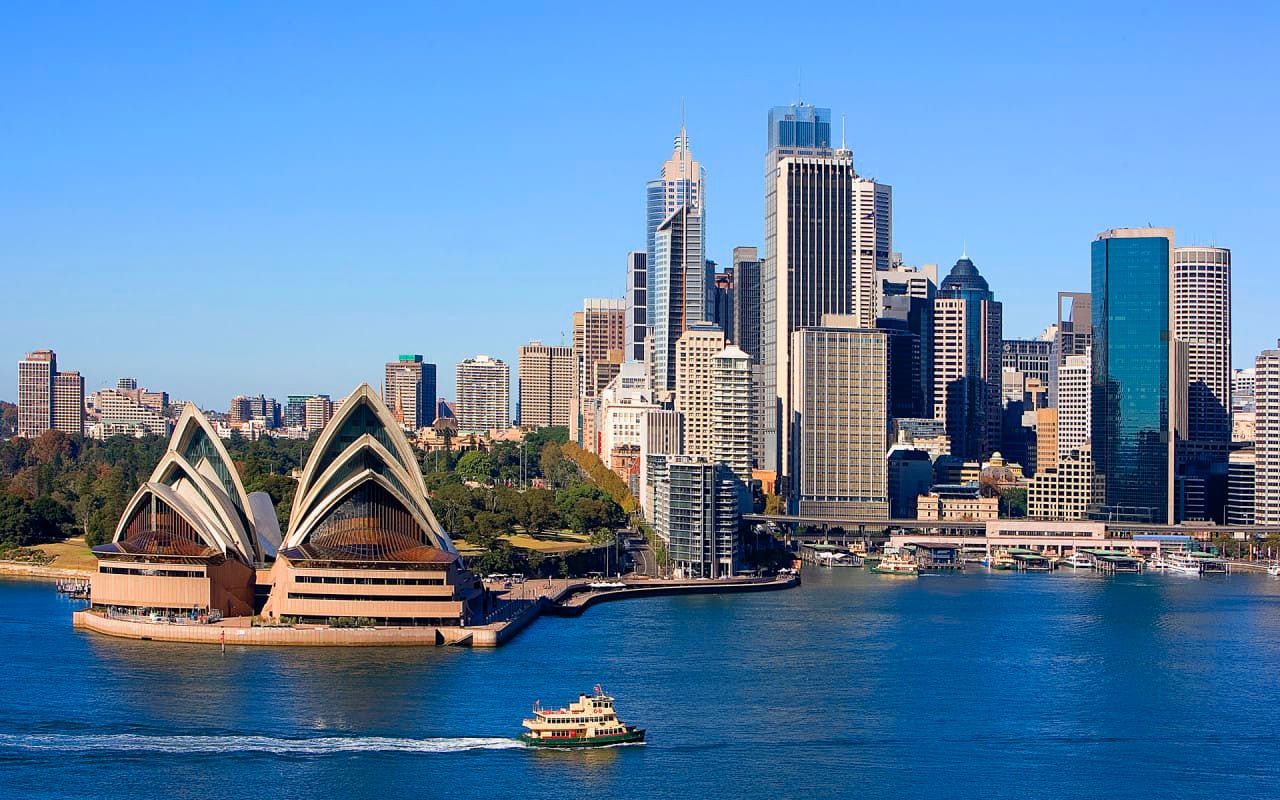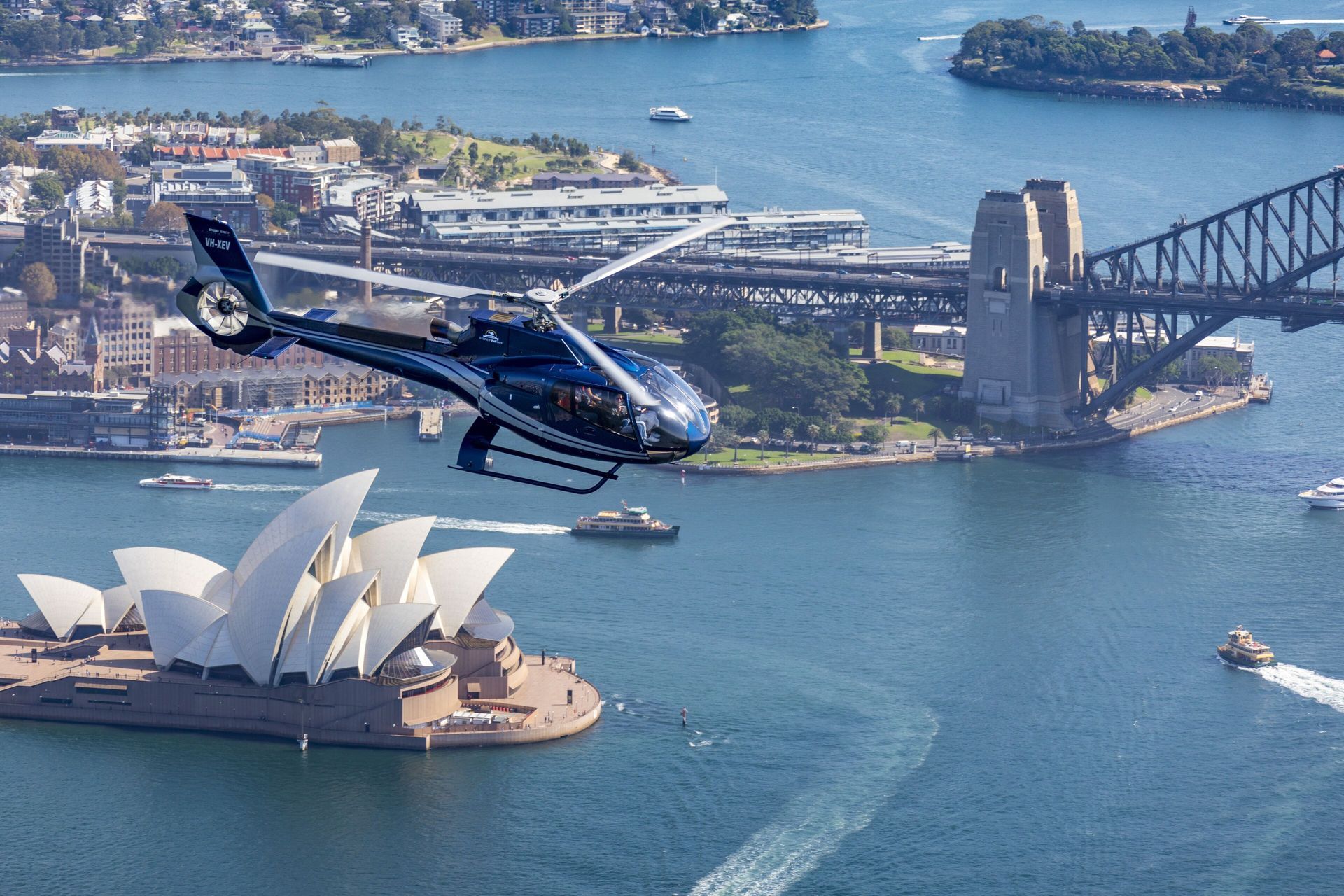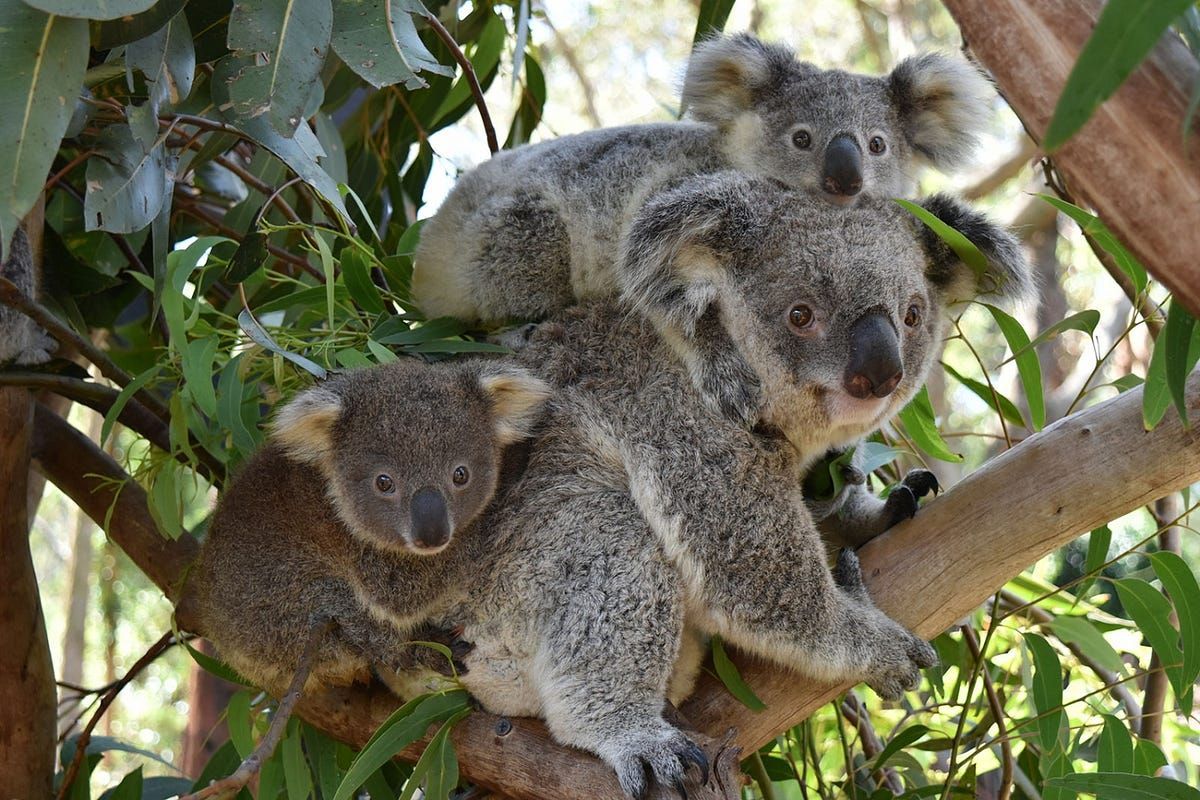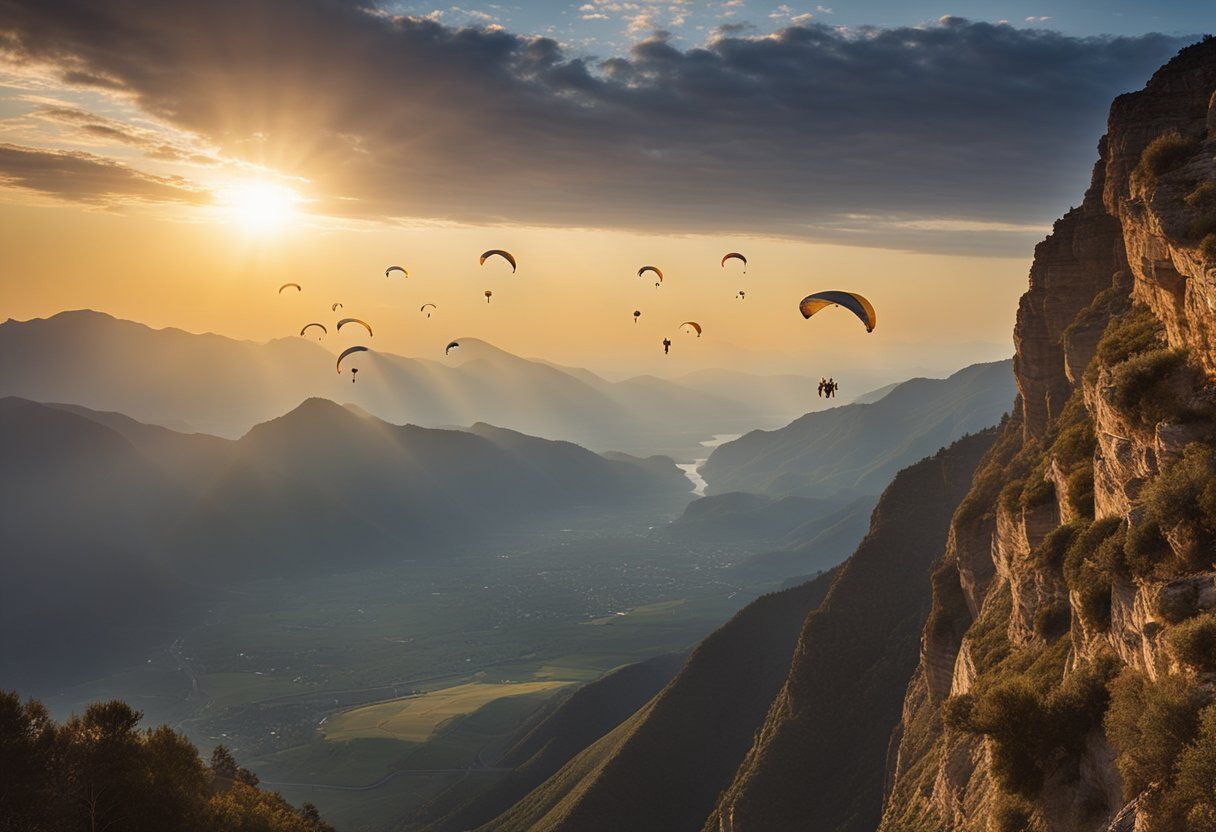To share
Escape to Kangaroo Island's unspoiled paradise. Marvel at towering cliffs, relax on secluded beaches, and indulge in world-class local produce. Uncover the island's rich history and vibrant arts scene. Your perfect Australian retreat is here.
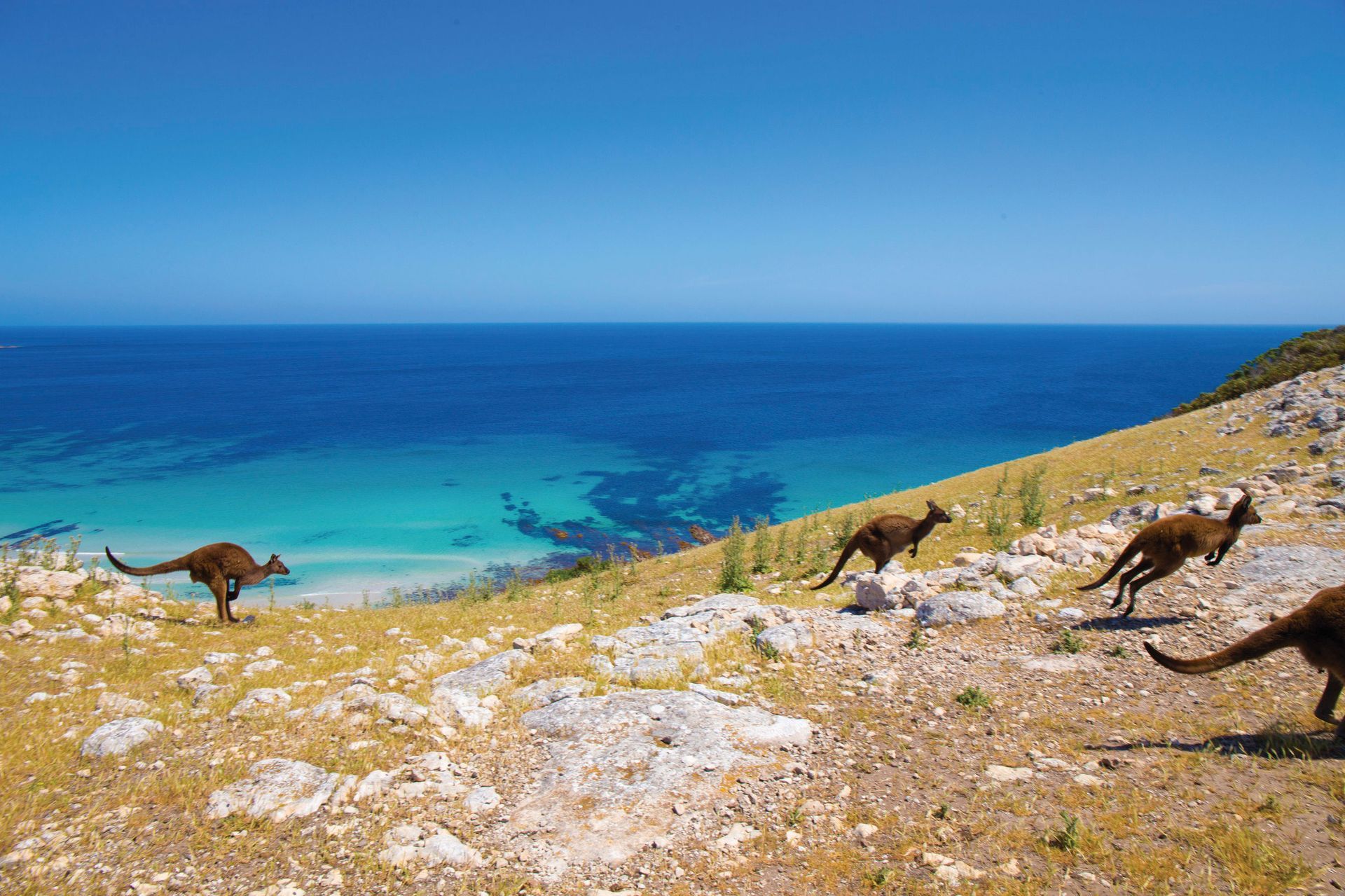
1. Introduction to Kangaroo Island
Geographic location and size
Kangaroo Island, situated off the coast of South Australia, is the country's third-largest island. It spans approximately 4,405 square kilometers (1,701 square miles), making it a substantial landmass with diverse ecosystems. The island is separated from the mainland by the Backstairs Passage, a 14-kilometer wide strait.
Historical background
The island has a rich history dating back thousands of years. Archaeological evidence suggests that Aboriginal people inhabited Kangaroo Island as far back as 16,000 years ago. However, the island was uninhabited when European explorers first arrived in the early 19th century. Matthew Flinders, the British navigator, named it Kangaroo Island in 1802 due to the abundance of kangaroos he observed.
Unique ecosystem and biodiversity
Kangaroo Island boasts an exceptional ecosystem that has remained largely untouched by human interference. Its isolation from the mainland has allowed for the evolution of unique flora and fauna. The island is home to many endemic species and serves as a sanctuary for numerous threatened and endangered animals. This biodiversity makes it a living laboratory for scientists and a captivating destination for nature enthusiasts.
2. Diverse Wildlife of Kangaroo Island
Native marsupials: kangaroos, wallabies, and koalas
Kangaroo Island is renowned for its thriving marsupial populations. The Kangaroo Island kangaroo, a subspecies of the western grey kangaroo, is smaller and darker than its mainland counterparts. These animals can be observed grazing in open grasslands, particularly at dawn and dusk.
Tammar wallabies, once widespread across southern Australia but now endangered on the mainland, flourish on Kangaroo Island. Their agility and adaptability have allowed them to thrive in the island's diverse habitats.
Koalas, though not native to the island, were introduced in the 1920s and have since established a healthy population. These iconic Australian animals can often be spotted in the island's eucalyptus forests, peacefully lounging in the treetops.
Marine life: seals, sea lions, and dolphins
The waters surrounding Kangaroo Island teem with marine life. Seal Bay Conservation Park is home to the third-largest colony of Australian sea lions in the world. Visitors can observe these charismatic creatures up close as they rest on the beach or play in the surf.
New Zealand fur seals can be found along the island's rugged southern coastline, particularly at Admiral's Arch in Flinders Chase National Park. These agile swimmers can often be seen diving and frolicking in the turbulent waters.
Bottlenose dolphins are frequent visitors to the island's coastal waters. Lucky observers might catch sight of these intelligent mammals swimming alongside boats or playing in the waves near the shore.
Bird species: penguins, eagles, and rare cockatoos
Kangaroo Island is a birdwatcher's paradise, hosting over 260 bird species. The island is home to a colony of Little Penguins, the smallest penguin species in the world. These charming birds can be observed returning to their burrows at dusk after a day of fishing in the ocean.
The majestic Wedge-tailed Eagle, Australia's largest bird of prey, soars over the island's diverse landscapes. With a wingspan of up to 2.3 meters, these impressive raptors are a sight to behold as they search for prey from high above.
One of the island's most notable avian residents is the Glossy Black-Cockatoo. This rare and endangered species has found a safe haven on Kangaroo Island, where conservation efforts have helped stabilize its population. The distinctive call of these cockatoos echoes through the island's sheoak forests, a testament to the success of local conservation initiatives.
"Kangaroo Island's diverse wildlife and unspoiled natural beauty make it a true gem in Australia's crown of natural wonders. It offers visitors a unique opportunity to witness the raw beauty of nature and the resilience of its inhabitants."
3. Natural Attractions and Landscapes
Remarkable Rocks and Admirals Arch
Kangaroo Island's geological wonders are epitomized by the Remarkable Rocks and Admirals Arch. These iconic formations, sculpted by wind and sea over millions of years, offer visitors a glimpse into the raw power of nature.
The Remarkable Rocks, perched atop a granite dome, are a collection of enormous, weather-worn boulders that seem to defy gravity. Their unique shapes and golden lichen coverings create an otherworldly landscape, particularly striking at sunrise and sunset.
Admirals Arch, a natural rock bridge formed by erosion, provides a picturesque frame for the Southern Ocean. The area around the arch is home to a colony of New Zealand fur seals, often seen basking on the rocks below.
"The Remarkable Rocks and Admirals Arch are not just geological formations; they're nature's sculptures, telling the story of Kangaroo Island's ancient past."
Flinders Chase National Park
Flinders Chase National Park, occupying the western end of Kangaroo Island, is a vast wilderness area that showcases the island's diverse ecosystems. The park is home to an array of native wildlife, including kangaroos, wallabies, and the elusive platypus.
The park's rugged coastline, dense eucalyptus forests, and extensive network of hiking trails offer visitors numerous opportunities for exploration and wildlife spotting. The Platypus Waterholes Walk and the Ravine des Casoars hike are popular among nature enthusiasts.
Flinders Chase is also the site of two lighthouses: Cape Borda Lightstation and Cape du Couedic Lighthouse. These historic structures, still operational today, provide insight into the island's maritime history and offer stunning coastal views.
Seal Bay Conservation Park
Seal Bay Conservation Park is one of Kangaroo Island's most popular attractions, offering visitors a unique opportunity to observe Australian sea lions in their natural habitat. The park is home to the third-largest colony of Australian sea lions in the world.
Guided tours allow visitors to walk on the beach among these fascinating creatures, observing their behavior up close. The sea lions can often be seen resting on the sand, playing in the surf, or nursing their young.
The park also features a boardwalk with viewing platforms, providing excellent opportunities for photography and wildlife watching without disturbing the animals.
"Seal Bay offers a rare glimpse into the lives of Australian sea lions, fostering understanding and appreciation for these remarkable marine mammals."
4. Local Culture and Communities
Indigenous history and heritage
The indigenous history of Kangaroo Island dates back thousands of years. Archaeological evidence suggests that Aboriginal people inhabited the island as far back as 16,000 years ago. However, by the time European explorers arrived, the island appeared to be uninhabited.
The Ramindjeri and Ngarrindjeri people of the mainland have traditional stories connecting them to the island, which they call Karta or "Island of the Dead." These stories speak of a time when the island was connected to the mainland, providing insight into ancient geological events.
Today, efforts are being made to acknowledge and preserve the indigenous heritage of Kangaroo Island through educational programs and cultural initiatives.
European settlement and development
European discovery of Kangaroo Island is credited to Matthew Flinders, who named it in 1802 due to the abundance of kangaroos he encountered. The island's early European history is marked by the presence of sealers and whalers, who established temporary settlements.
Official colonization began in 1836 when the HMS Buffalo arrived with the first free settlers. These early colonists faced numerous challenges, including isolation, limited resources, and the need to clear land for agriculture.
Over time, the island's economy diversified. Agriculture, particularly sheep farming and grain production, became important. In the 20th century, tourism emerged as a significant industry, capitalizing on the island's natural beauty and wildlife.
Modern-day island life and communities
Today, Kangaroo Island is home to a close-knit community of approximately 4,700 residents. The island's main towns include Kingscote, Penneshaw, and American River, each with its own unique character.
Agriculture remains a crucial part of the island's economy, with a focus on sustainable practices. The island is known for its high-quality produce, including honey, wine, and seafood.
Tourism plays a vital role in the island's modern economy. The community has embraced eco-tourism, developing experiences that showcase the island's natural wonders while emphasizing conservation.
"Kangaroo Island's communities embody a spirit of resilience and adaptability, balancing traditional industries with modern conservation and tourism practices."
The island faced significant challenges following the bushfires of 2019-2020, which affected nearly half of its land area. However, the community's response demonstrated remarkable resilience, with ongoing recovery efforts focusing on rebuilding infrastructure and restoring natural habitats.
Kangaroo Island's unique blend of natural wonders, rich history, and vibrant communities continues to captivate visitors, offering an authentic Australian experience that leaves a lasting impression on all who visit this untamed paradise.
5. Sustainable Tourism and Conservation Efforts
Eco-friendly accommodations and tours
Kangaroo Island has embraced sustainable tourism practices, offering visitors eco-friendly accommodation options that minimize environmental impact. Many lodges and retreats on the island utilize solar power, rainwater harvesting, and sustainable building materials. For instance, the Southern Ocean Lodge, before its unfortunate destruction in the 2020 bushfires, was a prime example of luxury eco-accommodation. Its rebuild is planned with even more sustainable features.
Tours on the island often focus on low-impact experiences, such as guided nature walks, wildlife observation, and educational programs about the island's unique ecosystem. These tours not only provide visitors with memorable experiences but also promote conservation awareness.
Wildlife rehabilitation centers
The island is home to several wildlife rehabilitation centers that play a crucial role in protecting and preserving the local fauna. The Kangaroo Island Wildlife Park, for example, cares for injured and orphaned animals, including koalas, kangaroos, and various bird species.
These centers often allow visitors to observe and learn about the rehabilitation process, fostering a deeper appreciation for wildlife conservation efforts.
During the 2019-2020 bushfires, these centers were instrumental in saving countless animals and continue to be vital in the ongoing recovery of the island's wildlife populations.
Environmental protection initiatives
Kangaroo Island has implemented various environmental protection initiatives to preserve its unique ecosystems. The Kangaroo Island Natural Resources Management Board oversees many of these efforts, including:
- Feral animal control programs to protect native species
- Revegetation projects to restore habitats affected by bushfires and land clearing
- Marine protection zones to safeguard the island's rich coastal ecosystems
These initiatives often involve collaboration between government agencies, local communities, and conservation organizations, demonstrating a collective commitment to preserving the island's natural heritage.
6. Culinary Delights and Local Produce
Fresh seafood and fishing industry
Kangaroo Island's pristine waters yield an abundance of fresh seafood, supporting a thriving local fishing industry. The island is renowned for its southern rock lobster, King George whiting, and abalone. Many restaurants on the island showcase these local delicacies, offering visitors a true taste of the region.
The fishing industry on Kangaroo Island operates under strict sustainability guidelines to ensure the long-term viability of marine resources. Visitors can experience the island's fishing heritage through guided fishing tours or by visiting the bustling wharves where local fishermen bring in their daily catch.
Kangaroo Island honey and Ligurian bees
Kangaroo Island is home to the world's only pure population of Ligurian bees, introduced from Italy in the 1880s. The island's isolation has preserved the genetic purity of these bees, resulting in high-quality honey production. Kangaroo Island honey is prized for its unique flavor profiles, influenced by the diverse native flora of the island.
Visitors can explore honey farms, such as Clifford's Honey Farm, where they can learn about beekeeping practices, sample different honey varieties, and purchase honey-based products. The island's honey industry serves as a testament to the importance of biodiversity and sustainable agricultural practices.
Wineries and artisanal food producers
Kangaroo Island boasts a growing wine industry, with several boutique wineries producing high-quality wines. The island's Mediterranean-like climate and diverse soil types create ideal conditions for grape cultivation. Wineries such as The Islander Estate Vineyards and Dudley Wines offer cellar door experiences, allowing visitors to sample locally produced wines while enjoying stunning coastal views.
In addition to wineries, the island is home to numerous artisanal food producers.
These include:
- Cheese makers crafting unique varieties using local milk
- Olive groves producing extra virgin olive oil
- Distilleries creating gin and other spirits using native botanicals
These producers often welcome visitors for tours and tastings, providing insight into their craft and the island's rich culinary heritage.
Kangaroo Island's commitment to sustainable practices and its diverse culinary offerings showcase the perfect balance between conservation and gastronomy, making it a must-visit destination for eco-conscious food lovers.
7. Outdoor Activities and Adventures
Hiking and bushwalking trails
Kangaroo Island offers an extensive network of hiking and bushwalking trails that cater to various fitness levels and interests. The Flinders Chase National Park is home to some of the most popular trails, including:
- The Ravine des Casoars Hike: A challenging 7.5 km trail that winds through coastal vegetation and offers stunning ocean views.
- The Snake Lagoon Walk: A moderate 4 km trail that follows the Rocky River and ends at a secluded beach.
- The Platypus Waterholes Walk: An easy 4.5 km circuit that provides opportunities to spot the elusive platypus.
For those seeking a longer adventure, the Kangaroo Island Wilderness Trail is a 61 km, five-day trek that showcases the island's diverse landscapes and wildlife.
Water sports and beach activities
The pristine beaches and clear waters surrounding Kangaroo Island provide ideal conditions for various water sports and beach activities:
- Surfing: Vivonne Bay and Pennington Bay are popular spots for experienced surfers.
- Kayaking: Explore the calm waters of American River or the Bay of Shoals.
- Snorkeling: Discover the underwater world at Stokes Bay or Emu Bay.
- Fishing: Cast a line from the shore or join a chartered fishing trip.
Many of the island's beaches also offer perfect conditions for swimming, sunbathing, and beachcombing.
Wildlife watching and photography opportunities
Kangaroo Island is a paradise for wildlife enthusiasts and photographers. Some prime locations for wildlife observation include:
- Seal Bay Conservation Park: Observe Australian sea lions in their natural habitat.
- Flinders Chase National Park: Spot kangaroos, wallabies, and koalas among the diverse flora.
- Hanson Bay Wildlife Sanctuary: Join a guided nocturnal tour to see possums, bats, and other nocturnal creatures.
- Penneshaw Penguin Centre: Watch little penguins return to their burrows at dusk.
Remember to maintain a respectful distance from wildlife and follow local guidelines to ensure their wellbeing and your safety.
Summary: Kangaroo Island's Enduring Appeal
Kangaroo Island stands as a testament to Australia's natural beauty and biodiversity. Its pristine beaches, rugged coastlines, and diverse ecosystems provide a haven for both wildlife and nature enthusiasts. The island's commitment to conservation ensures that future generations can continue to experience its unspoiled landscapes and unique fauna.
From adventurous outdoor activities to tranquil moments observing wildlife, Kangaroo Island offers something for every type of traveler. Its remoteness and relatively low visitor numbers contribute to its charm, allowing for a more intimate and authentic Australian experience.
As you plan your visit to this remarkable destination, remember that Kangaroo Island is not just a place to see, but a place to connect with nature, learn about conservation, and create lasting memories.
FAQs about Kangaroo Island
What is the best time to visit Kangaroo Island?
The best time to visit Kangaroo Island depends on your preferences. Summer (December to February) offers warm weather ideal for beach activities, but it's also the busiest season.
Spring (September to November) and autumn (March to May) provide mild temperatures and fewer crowds, making them excellent for wildlife viewing and outdoor activities. Winter (June to August) can be cool and rainy but offers opportunities to see migrating whales.
How do I get to Kangaroo Island?
There are two main ways to reach Kangaroo Island:
- Ferry: SeaLink operates regular ferry services between Cape Jervis (on mainland South Australia) and Penneshaw on Kangaroo Island. The journey takes about 45 minutes.
- Air: Regional Express (Rex) offers flights from Adelaide to Kingscote Airport on Kangaroo Island, with a flight time of approximately 30 minutes.
Are there accommodations available on the island?
Yes, Kangaroo Island offers a range of accommodation options to suit various budgets and preferences.
These include:
- Luxury resorts and eco-lodges
- Hotels and motels
- Self-contained apartments and holiday homes
- Bed and breakfasts
- Camping and caravan parks
It's advisable to book accommodations in advance, especially during peak seasons.
What wildlife can I expect to see on Kangaroo Island?
Kangaroo Island is home to diverse wildlife, including:
- Kangaroos and wallabies
- Koalas
- Australian sea lions
- New Zealand fur seals
- Echidnas
- Various bird species, including little penguins and glossy black cockatoos
- Goannas and other reptiles
The likelihood of spotting specific animals depends on the season and location on the island.
How long should I plan to stay on Kangaroo Island?
To fully appreciate Kangaroo Island's attractions and wildlife, a minimum stay of three to four days is recommended. This allows time to explore major sites, engage in outdoor activities, and potentially join guided tours. However, if time permits, a week-long stay provides a more comprehensive experience and opportunities to discover lesser-known areas of the island.

